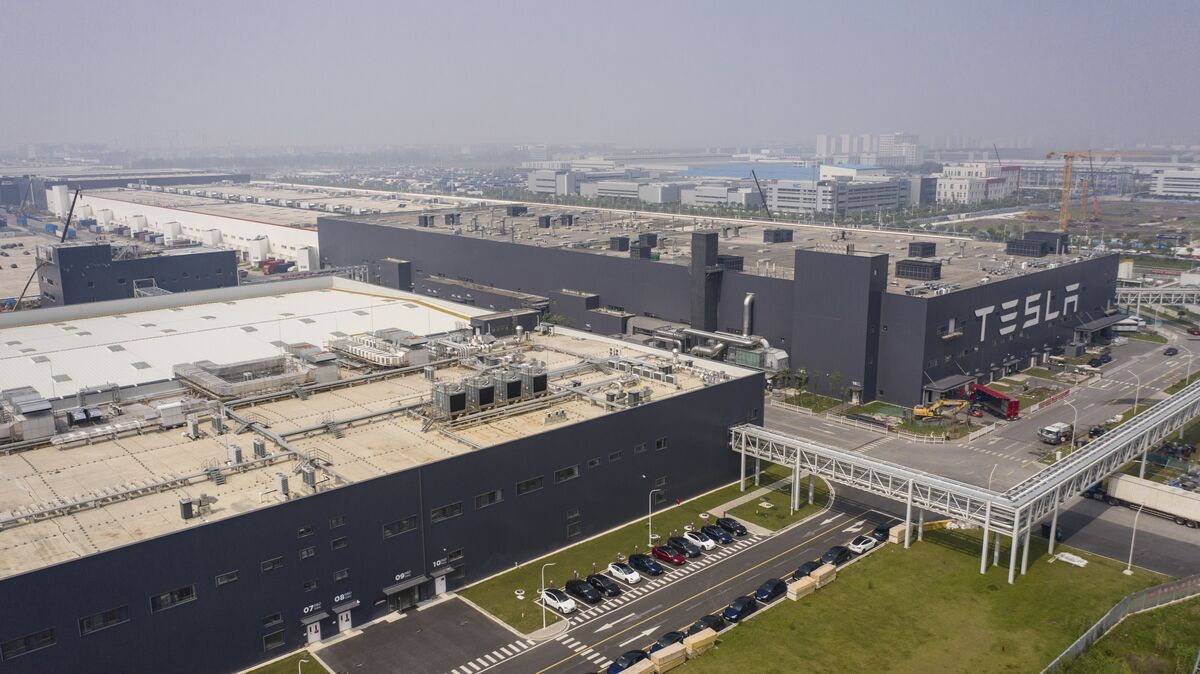Yes it is marketing. The art of saying misleading things without actually writing falsehoods. The people that wrote this know precisely how cringeworthy those claims are.
A lot of solar inverters are made by the sort of industrial companies that also make inverter drives for all sorts of motors. As a for-example see Delta (
Welcome to Delta ). Or if you don't recognise them go to Schneider (
Solar Inverters and Solutions). One also needs to be careful, for example a lot of rebadging goes on and also conglomerates flip divisions like burgers - example ABB (surely you know their drives?) taking over PowerOne in 2013 then flipping to Fimer in 2020 (
Power-One Italy SpA) and then that getting clobbered. There are many other, frequently badgeless and/or rebadged and coming from the sort of places in India and China and Taiwan that people ignore. But it is also worth peeling back to the next layer, that of the underlying chipset manufacturers, most especially the power semiconductors. As a for-example see IXYS (
IXYS CORPORATION) .
I've got no problem with Tesla admitting it needs to start selling solar inverters to other users so that Tesla can gain scale. That is a fair enough move. But what disappoints me is :
- the way this is being marketed (pass the puke bucket);
- that fan bois just broadcast the propoganda with no attempt to examine it critically;
- and *** most important *** this is an admission of strategic failure in Tesla Solar generally and in a way that threatens Tesla Powerwall specifically (no wonder there are rumours of fallings out and unfollowings).
In the domestic/residential segment (and also to a lesser extent the commercial/industrial segment) there is a fight on to control the nexus of the future integrated home. That nexus needs to handle both data/comms and electrical energy. It is a desperately messy nexus in almost every way: technically, operationally, industrially and there is a fierce war going on to be a significant player in it. AND TESLA's STRATEGY HAS BEEN FAILING FOR YEARS. The basic 'starter' building blocks are solar + inverter/charger + fuse board/metering* and to these can increasingly be added: battery storage; EV charger; scavengers; and heat pumps. Crucially one needs scale to be able to play the adoption games. But essentially in practice Tesla
limited Powerwall and inverter offering to (in practice) only run alongside Tesla solar and (in practice, by starving the other countries' supply) in USA/Canada. And then because Tesla failed in the solar game (0.1%), and also failed to scale their inverter supply (0.1%) and then found their Powerwall storage offering withering (peaked at global market share approx 70%, now down to approx 20%) they have thrown away a fantastically good opportunity to claim that nexus as being the first mover with scale. That is an epic failure of the Tesla strategy in the wider energy sector, leaving only the utility scale offering (Megapack) as having - fortunately - excellent momentum.
Hence the strategic pivot we see on display, disguised by complete marketing horlicks.
There is also an admission of failure in the senior management team. Tesla has been rolling in cash, that has not been a constraint for Tesla. Yet the competition have overtaken Tesla, and the competition have done so whilst overcoming the same semiconductor supply constraints and the same cell supply constraints that Tesla had. The competition overcame those constraints, overtaking the company that had the best buying power, the best early mover position, and the most capital. If that is not evidence of failure in the senior management team then I'm reading a different set of tea leaves than you. The next level of evidential dots can also be discerned if you take the trouble to look.
We are looking at a turnaround plan here. Be in no doubt about that.
(A worry I have is that Megapack could also suffer from the same stupidities if the lessons have not been learnt.)
AND NOT A SINGLE ANALYST HAS EVER DONE ANY ANALYSIS on this. About as sharp as a baby rabbit the lot of them. They need to be forcing the facts out of Tesla at every quarterly call.
* called a consumer unit in some countries





